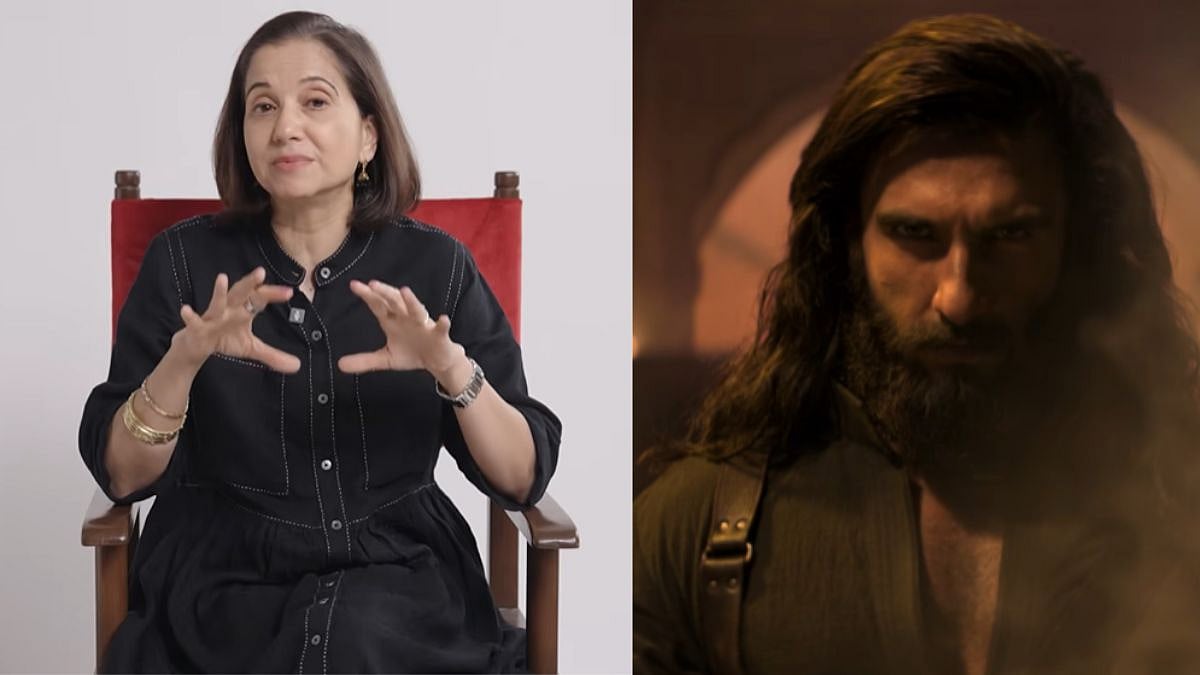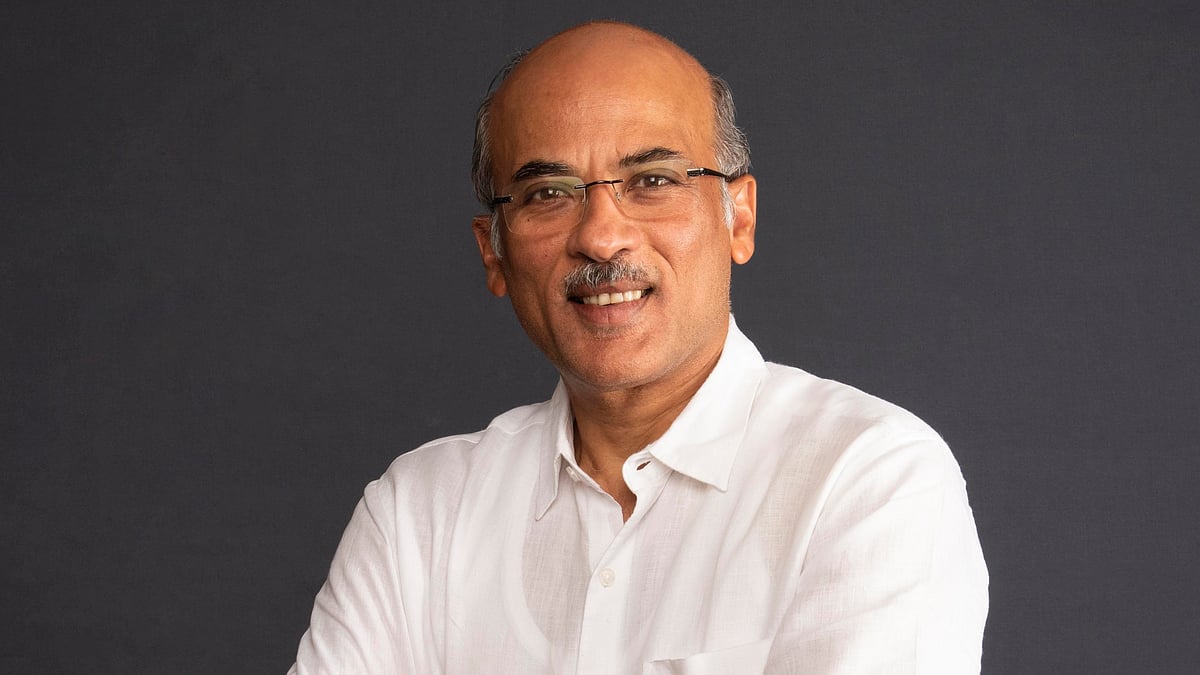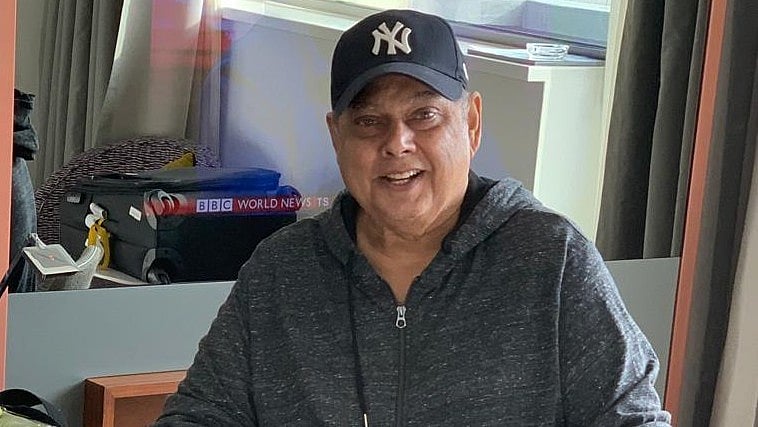When Dada suffered heart attack
BCCI president and former cricketer Sourav Ganguly, 48, suffered a “mild heart attack” and underwent a “quick primary angioplasty” to clear a blocked coronary artery, doctors at a Kolkata hospital, where he has been admitted, said.

Remo rushed to hospital
Choreographer-filmmaker Remo D’Souza, 46, suffered a heart attack, and returned home after a brief stint in hospital.

Kapil Dev underwent coronary angioplasty
World Cup 1983 winning captain Kapil Dev, 61, came to Fortis Escorts Heart Institute (Okhla Road) emergency department at 1 am with a complaint of chest pain. He was evaluated and an emergency coronary angioplasty was performed in the middle of the night.

“When Sourav came to the hospital, his pulse was 70/min, BP 130/80 mm of Hg and other clinical parameters were within normal limits. His ECG showed hyper acute ST segment elevation in inferior leads and lateral leads. Echo showed mild inferior wall hypokynaesia with preserved overall left ventricular function,” Rupali Basu, MD and CEO of Woodlands Hospital, said.
Ganguly was diagnosed with three blocked coronary arteries after which a stent was inserted in one to remove the blockage, Dr Mondal, whose team performed the procedure at Woodlands Hospital, was quoted as saying.
Two out of the three above-mentioned cases are those of spirited sportspersons who are global icons. Fitness, daily exercise, etc., are a part of their everyday life. So, what went wrong? Kapil is understandably 61, though not an age for a heart attack and Ganguly is just 48.
The background
On December 27, BCCI President Sourav Ganguly spent close to two hours “discussing matters” with West Bengal Governor Jagdeep Dhankar at Kolkata’s Raj Bhavan. Next day, he took a morning flight to reach Feroz Shah Kotla stadium to share the dais with Union Home Minister Amit Shah during the unveiling of Arun Jaitley’s statue by DDCA. He looks fighting fit... takes a flight back home. Four days later, while gymming at home he has a blackout and is rushed to the hospital with three blockages!
The MOST important question that is doing the rounds is if ‘looking fit is being fit’? What is the difference between looking fit and actually being fit? Never judge a book by its cover, goes a common saying. We need to know what is going on inside, flip the pages.
Why it happens
People are bewildered by the fact that a sportsman, who swears by his fitness regime and does not indulge in things which might be hazardous for health, at 48 has three “concerned” blockages, where does the aam aadmi stand?
Free Press tries to analyse the situation to find the anatomical reason for this disturbing issue.
Coronary Artery Disease (CAD), or heart blockage disease, is a multifactorial disease. CAD is more a lifestyle disease, but at times has roots in genetics as well. The main causes are: High cholesterol, high triglyceride, stress, family history/genetics, high BP, tobacco and alcohol consumption, high sugar, lack of exercise, obesity, low fibre intake, low antioxidants intake.

Sourav Ganguly and Remo D’souza both follow extremely restricted lifestyle. So why then this sudden attack on their heartbeat? Shedding light on the subject, Dr Chetan Sharma, MD Medicine (Heart & Lifestyle Expert), Director People Heart & Health Care Centre, Jaipur, said, “The reasons could be high triglyceride, non-veg food, mental stress and anxiety and heredity/genetic high level of triglyceride and cholesterol are also important reasons of heart disease.”

Non-vegetarian food is high on cholesterol and Triglyceride (‘oil’ in common words), which are main blockage depositing molecules. Several companies are selling edibles like snacks, dry fruits, etc., by mentioning that the stuff you consume is cholesterol free, trans-fat free, and what-not free! Plant-based food, on the other hand, has no cholesterol.
These people lead a high-profile life, which is always accompanied by mental pressure. Stress causes many health problems disturbs body’s hormonal balance, which can lead to irritability, frustration, behavioural and psychological changes, diabetes, high BP, etc., — all of these are contributing factors which makes a person vulnerable to heart diseases and heart attacks.
Heredity, too, plays an important role. Ganguly has a family history of ischemic heart disease. Ganguly’s father, Chandidas Ganguly, a heart patient, had undergone a surgery in London in 2008. In 2012, he was admitted to a hospital in Kolkata for heart-related complications. He passed away at the age of 75 on February 21, 2013.
Explaining how genetics plays a part, Dr Sharma says, “Liver is a cholesterol producing organ. In some people, liver produces excess cholesterol, which starts depositing in arteries of heart and leads to blockages. If your father’s/mother’s liver produces excess cholesterol, it may happen that your liver may also produce excess cholesterol even when you don’t eat fat-rich foods. That’s how genetics plays an important role in heart disease.”
Stents and medication
Meanwhile, Dr Bimal Chhajer, MD, Heart and Lifestyle Expert, Director Saaol Heart Centre, said one should take measures after stent insertions. “Talk to your doctor about the risks of angioplasty and stenting. Many risks can be managed. For example, your physician may implant a drug-eluting stent rather than a bare metal stent to help prevent scar tissue from forming that could block the artery again. And you can greatly reduce the risk of blood clots by taking medication exactly as prescribed by your doctors.”
Your level of risk also depends on your personal circumstances, but it can include:
·An artery collapsing or closing again, especially when stenting is not an option
· Bleeding or damage to the blood vessel where the catheter is inserted or in the inner lining of the artery
· An allergic reaction to the dye or to the stent
· The procedure may need to be stopped and coronary bypass surgery (CABG) performed if the blockages are too numerous and severe to treat adequately with angioplasty and stenting
· Scar tissue can grow within a stent (restenosis), requiring a repeat procedure
· A blood clot can form inside the stent (stent thrombosis), which may require immediate medical treatment
“The greatest risk from a stent occurs when patients do not take medications as prescribed. If you have a bare metal stent, then you will have to take medications to prevent blood clots from forming in the stent. For drug-eluting stents, medication will be required for at least a year. With either type of stent you should take medication/blood thinner/aspirin for the rest of your life,” Dr Chhajer signs off.
(The writer is Senior Associate Editor, Free Press Indore)









